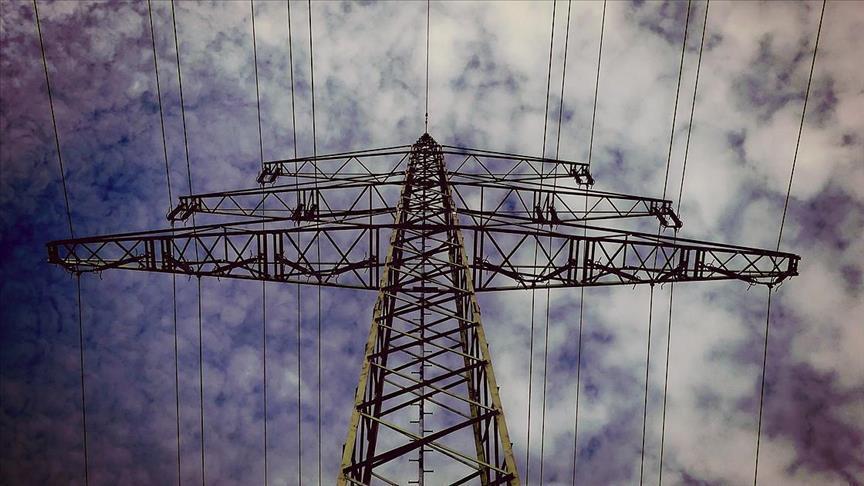Global electricity demand is expected to grow at a faster rate over the next three years, with clean electricity-producing technologies expected to meet all the additional needs, according to the latest report by the International Energy Agency (IEA).
The Paris-based energy agency said Wednesday in its latest report, Electricity 2024, that renewables are growing rapidly and nuclear power is on track to reach an all-time high next year.
As falling electricity consumption in advanced economies eased global growth in electricity demand to 2.2% in 2023, the report estimates an acceleration in demand to an average of 3.4% from 2024 through 2026.
About 85% of the increase in the world’s electricity demand is expected to come from outside advanced economies such as China, India, and countries in Southeast Asia, the report projected.
“However, record-setting electricity generation from low-emissions sources – comprising renewables, such as solar, wind, and hydro, as well as nuclear power – should reduce the role of fossil fuels in providing power for homes and businesses,” it added.
“Low-emissions sources are expected to account for almost half of the world’s electricity generation by 2026, up from a share of just under 40% in 2023.”
According to the report, renewables are expected to cover over one-third of total electricity generation by early 2025, overtaking coal.
“By 2025, nuclear power generation is also forecast to reach an all-time high globally as output from France climbs, several plants in Japan come back online, and new reactors begin commercial operations in many markets, including China, India, Korea and Europe,” the report said.
“When the share of fossil fuels in global generation falls below 60%, this will mark the first time it has gone below this threshold in IEA records dating back more than five decades,” it added.
The increase in electricity generation from renewables and nuclear appears to be pushing the power sector’s emissions into structural decline, the report noted. “Global emissions from electricity generation are expected to decrease by 2.4% in 2024, followed by smaller declines in 2025 and 2026.”
-Nuclear power is set to reach historic high by 2025
Commenting on the report, IEA Director Fatih Birol said: “The power sector currently produces more CO2 emissions than any other in the world economy, so it’s encouraging that the rapid growth of renewables and a steady expansion of nuclear power are together on course to match all the increase in global electricity demand over the next three years.”
“This is largely thanks to the huge momentum behind renewables, with ever cheaper solar leading the way, and support from the important comeback of nuclear power, whose generation is set to reach a historic high by 2025,” Birol said, acknowledging this developments but noting that faster progress is needed.
As electricity consumption is a key indicator of economic development in any country, Birol said it is a “grim sign that it has flatlined in Africa” on a per capita basis in the last 30 years. According to the report, as a region, Africa remains an outlier in electricity demand trends.
“Access to reliable, affordable and sustainable energy for all citizens is essential for African countries to achieve their economic and climate goals,” he said. “The international community needs to work together with African governments to enable the urgent progress that is needed.”

